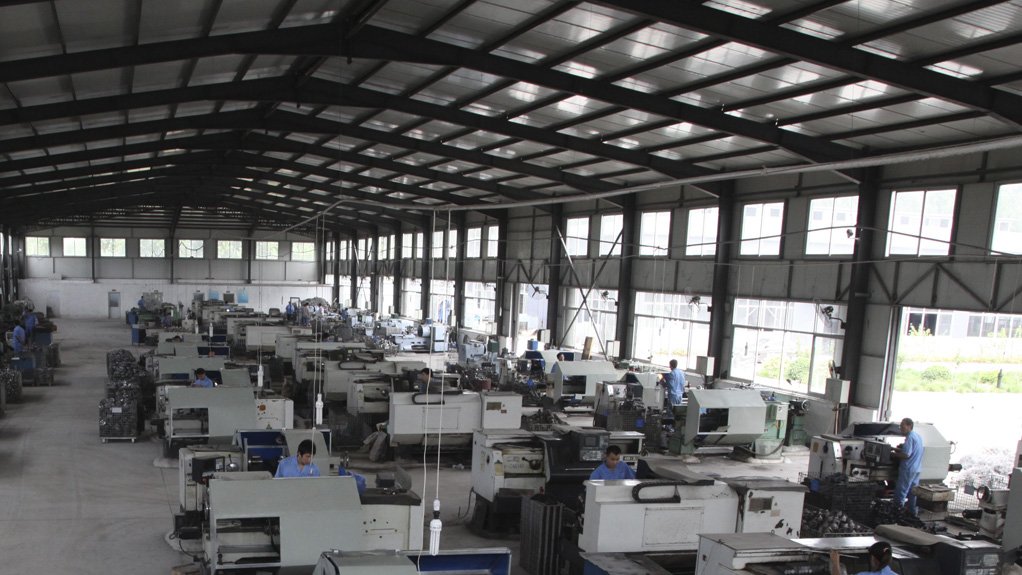The uptake of pneumatic tools at mine sites has slowed, owing to new mining technology and techniques, equipment provider Borwa Mining Instruments MD Lebogang Matlou tells Mining Weekly.
He explains that there is still substantial demand for pneumatic equipment, but that the market – once preoccupied by these tools –has become more saturated, as manufacturers have developed more-effective and less-labour- intensive alternatives.
There are definitely advancements in hydraulic tools and pneumatic tools, says Matlou, but he believes that progress is rather slow, particularly with regard to pneumatic drills in South Africa: “I think the mining machinery sector is going to shrink locally as more . . . mining companies are choosing to mechanise operations.”
However, he emphasises that data collected by the company shows that, in the rest of Africa, where the cost of labour is significantly cheaper and services are scarce, there is strong financial impetus to run a less-mechanised operation.
The problem, Matlou says, is the cost of implementing new technology, which runs the risk of failure: “Manufacturers need to understand the risk matrix of mine manage- ment. It's not merely about the marginal reduction in cost or increase in production – it's also about how great a downside the mine is being exposed to.”
Therefore, Borwa has designed its ST 185 as a more-efficient and effective standard-type Seco drill designed to offer interchangeability of parts. Thereby, a mine’s exposure to risk is limited during the implementation process, he adds.
“Our parts are 100% interchangeable with the current stock at mine sites,” says Matlou, adding that mines can achieve costless integration and mitigate operational risk, owing to the large number of popular model parts manufactured locally and internationally with which the ST185 parts are interchangeable.
Matlou says commodity instability does affect the company’s operations, but not necessarily in a negative manner. He explains that Borwa sells more products during such periods, as a result of mining houses becoming more cost sensitive and, hence, reviewing many of their supplier arrangements. These mining houses are looking for more value at a better price, which is what Borwa products are all about, Matlou explains.
Many companies are “cleaning house”, looking for genuine, nonfronting and reliable black-youth-owned mining suppliers, he highlights, emphasising that this has been a driver for Borwa’s sales as a 51% black-youth-owned firm.
Commenting on the company’s manufacturing procedure, Matlou states that the bolting rigs and air legs for Borwa’s drilling product line are manufactured in Rustenburg, South Africa; however, the drills are manufactured by an international third-party manufacturer. The services of the international manufacturer were secured, as Borwa had decided to implement a forging process as opposed to the more common casting method of manufacture, as forging produces a significantly stronger article, and to be competitive with local casting, a company requires international economies of scale. The assigned manufacturer has been in the drill manufacturing industry for more than 20 years and is a European Conformity- and ISO 9001-certified manufacturer.
Borwa's tools and instruments are currently available throughout South Africa. However, Matlou notes that the company is in talks with South American and Canadian distributors about exclusive distribution rights.
Edited by: Tracy Hancock
Creamer Media Contributing Editor
EMAIL THIS ARTICLE SAVE THIS ARTICLE
To subscribe email subscriptions@creamermedia.co.za or click here
To advertise email advertising@creamermedia.co.za or click here













